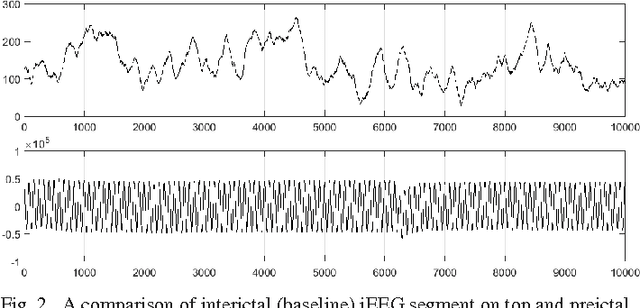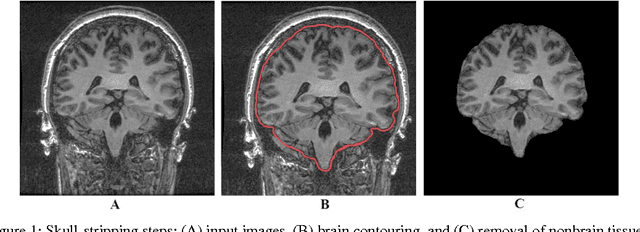Kost Elisevich
Cloud-based Deep Learning of Big EEG Data for Epileptic Seizure Prediction
Feb 17, 2017



Abstract:Developing a Brain-Computer Interface~(BCI) for seizure prediction can help epileptic patients have a better quality of life. However, there are many difficulties and challenges in developing such a system as a real-life support for patients. Because of the nonstationary nature of EEG signals, normal and seizure patterns vary across different patients. Thus, finding a group of manually extracted features for the prediction task is not practical. Moreover, when using implanted electrodes for brain recording massive amounts of data are produced. This big data calls for the need for safe storage and high computational resources for real-time processing. To address these challenges, a cloud-based BCI system for the analysis of this big EEG data is presented. First, a dimensionality-reduction technique is developed to increase classification accuracy as well as to decrease the communication bandwidth and computation time. Second, following a deep-learning approach, a stacked autoencoder is trained in two steps for unsupervised feature extraction and classification. Third, a cloud-computing solution is proposed for real-time analysis of big EEG data. The results on a benchmark clinical dataset illustrate the superiority of the proposed patient-specific BCI as an alternative method and its expected usefulness in real-life support of epilepsy patients.
Automatic and Manual Segmentation of Hippocampus in Epileptic Patients MRI
Oct 26, 2016

Abstract:The hippocampus is a seminal structure in the most common surgically-treated form of epilepsy. Accurate segmentation of the hippocampus aids in establishing asymmetry regarding size and signal characteristics in order to disclose the likely site of epileptogenicity. With sufficient refinement, it may ultimately aid in the avoidance of invasive monitoring with its expense and risk for the patient. To this end, a reliable and consistent method for segmentation of the hippocampus from magnetic resonance imaging (MRI) is needed. In this work, we present a systematic and statistical analysis approach for evaluation of automated segmentation methods in order to establish one that reliably approximates the results achieved by manual tracing of the hippocampus.
 Add to Chrome
Add to Chrome Add to Firefox
Add to Firefox Add to Edge
Add to Edge